The world of E-Bike motors can be overwhelming with different brands making different hardware and software.
Below is our guide to the important things you need to know about E-Bike motors, and what separates the manufacturers’ offerings. We’ll cover everything from motor weight, torque outputs, to maintenance tips.
We’re only going to talk about mid-drive motors that come on the bikes we sell. They’re the ones that attach to the down tube and bottom bracket area, and occasionally the seat tube. No hub-based systems or bolt-ons. We’ll talk more about this below.
Don’t forget we love to talk E-Bikes so get in touch if you want more information. We’ve also got an E-Bike battery guide for all the info on the other part of the E-Bike.
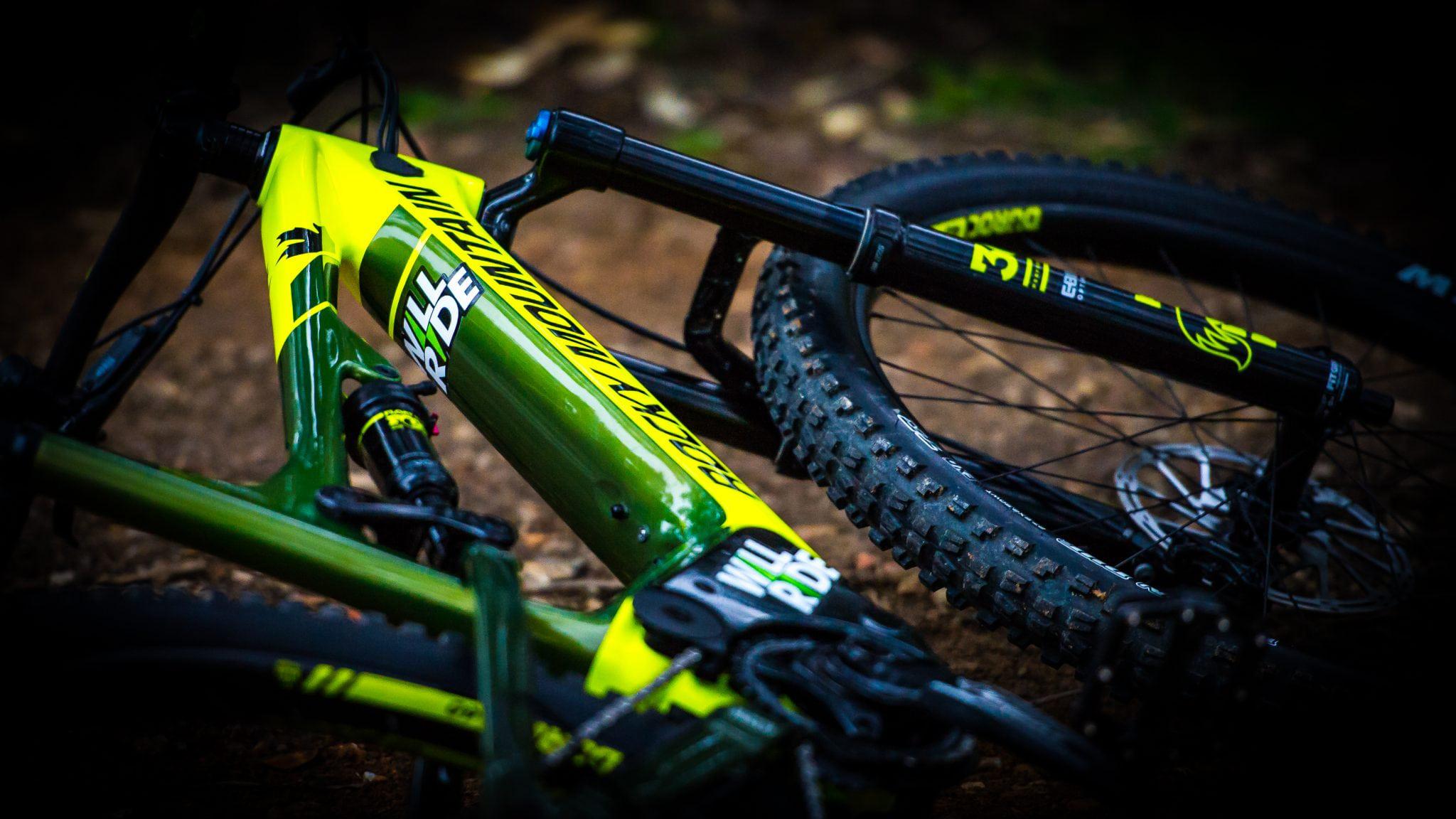
The Mid-drive System
There’s a few different types of motors on E-Bikes but we only sell mid-drive systems.
Mid-drives have a very natural power delivery and still feel much like an ordinary bike. They work with your pedalling effort and respond to what you’re doing. Power only comes from the motor when you’re pedalling and it stops giving power if you stop pedalling.
Mid-drives have the best weight distribution too. The motor and battery weight on mid-drives is mounted low and centred too, so the bike feels nicely balanced.
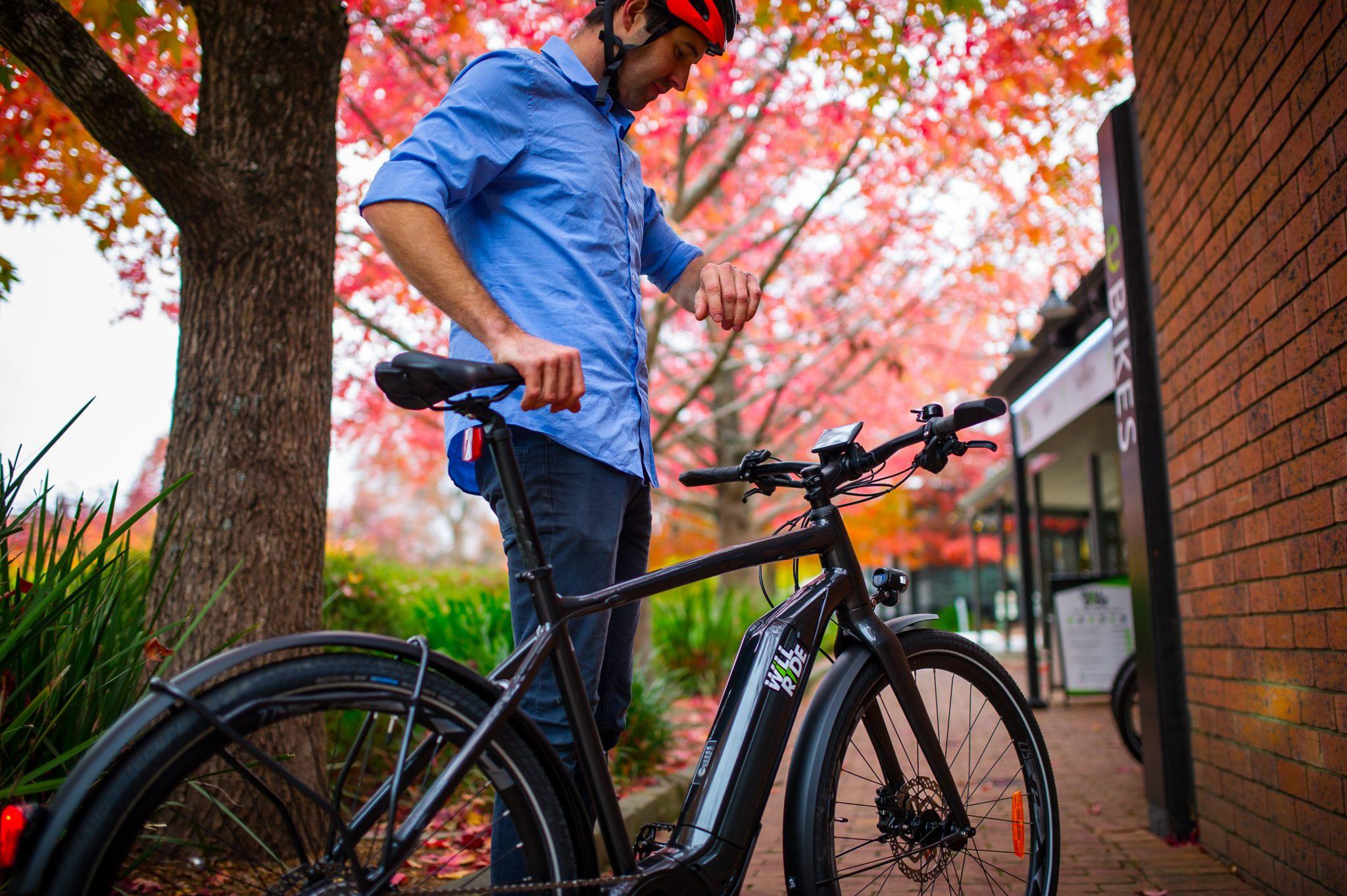
The Big Brands
So now you need to know the big players in the E-Bike game.
The biggest 6 manufacturers in the E-Bike motor are Bosch, Brose, Rocky Mountain, Shimano, Specialized, Panasonic, and Yamaha. Those are some gigantic companies all pouring resources into E-Bikes. That alone should show you how big the E-Bike market is going to be.
Of those big brands, Specialized and Rocky Mountain manufacture motors for their own bikes only. So if you want those systems then you buy a bike from one of those brands. Easy!
The rest are spreading far and wide to capture a bigger slice of the electric pie. Yamaha can be found on big brands like Giant and Haibike. Shimano’s Steps system is on bikes from Merida, Focus, BMC, Pivot, and Scott. Bosch are found on Trek, Haibike, Scott, Cube, Focus, KTM, Lapierre, and many more.
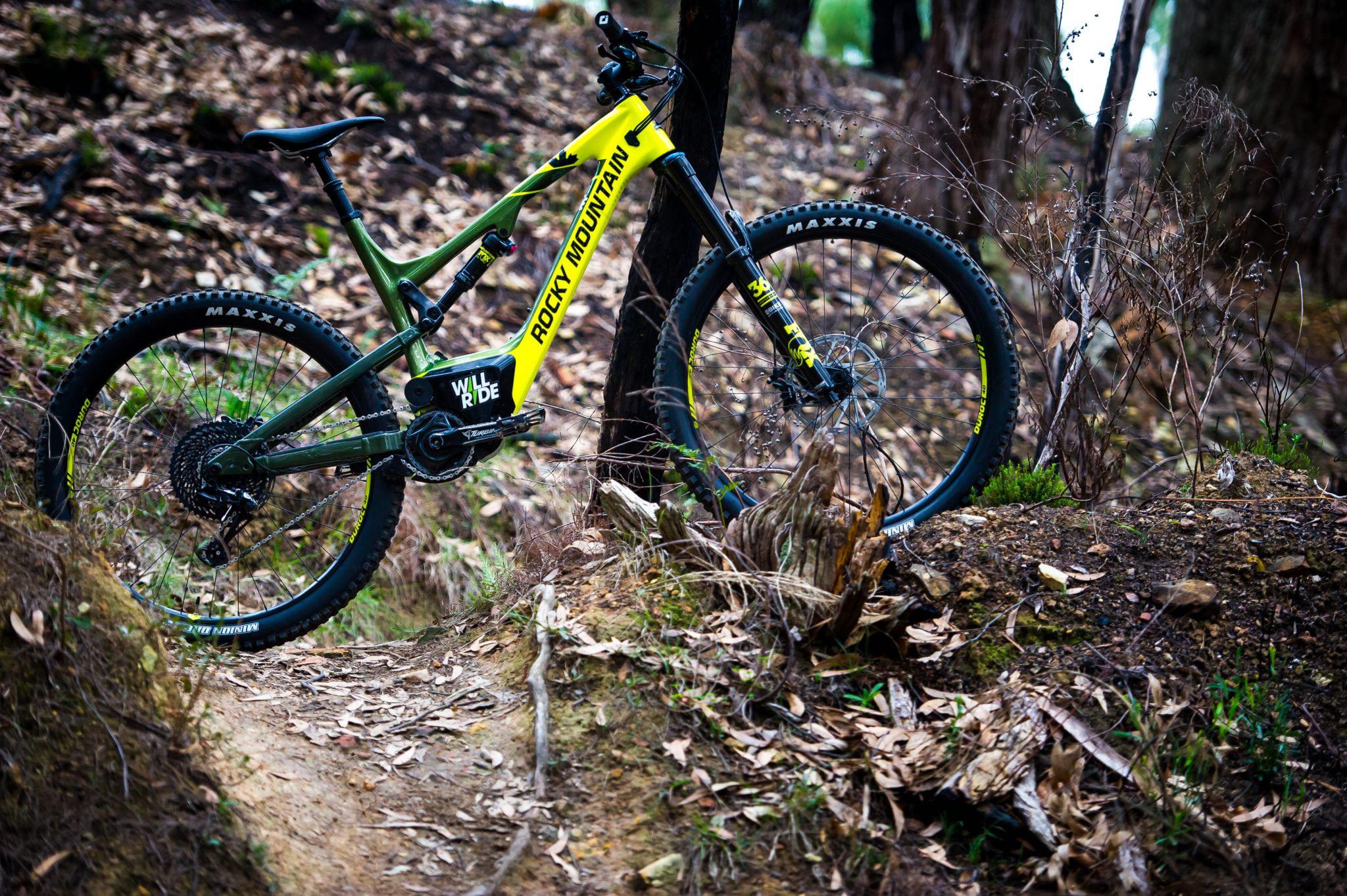
Torque and Weight
Naturally cyclists are very keen to know how much everything weighs and how fast they can go on it. Weight is easy, but speed is more up to you. We can tell you about torque that the E-Bike motors put out.
Before you get too excited, torque is not a proxy for how “fast” an E-Bike is. The maximum torque will have an effect on how the bike behaves on very steep, high-powered climbs, and how quickly the motor assists you to reach the 25 km/h point where it’ll cut out. Generally speaking you won’t use maximum torque outputs very much, but it’s still good to know how much grunt you have.
We don’t focus much on motor weight when we talk to customers about what the differences are between brands. But we know better than to separate cyclists from weight obsession!
Here’s the maximum torque and motor weights:
- Bosch: 75 Nm – 4.0kg
- Brose: 90 Nm – 3.4kg
- Rocky Mountain: 90 Nm – 3.9kg
- Shimano: 70 Nm – 2.8kg
- Specialized: 90 Nm – 3.4kg
- Yamaha: 90 Nm – 3.1kg
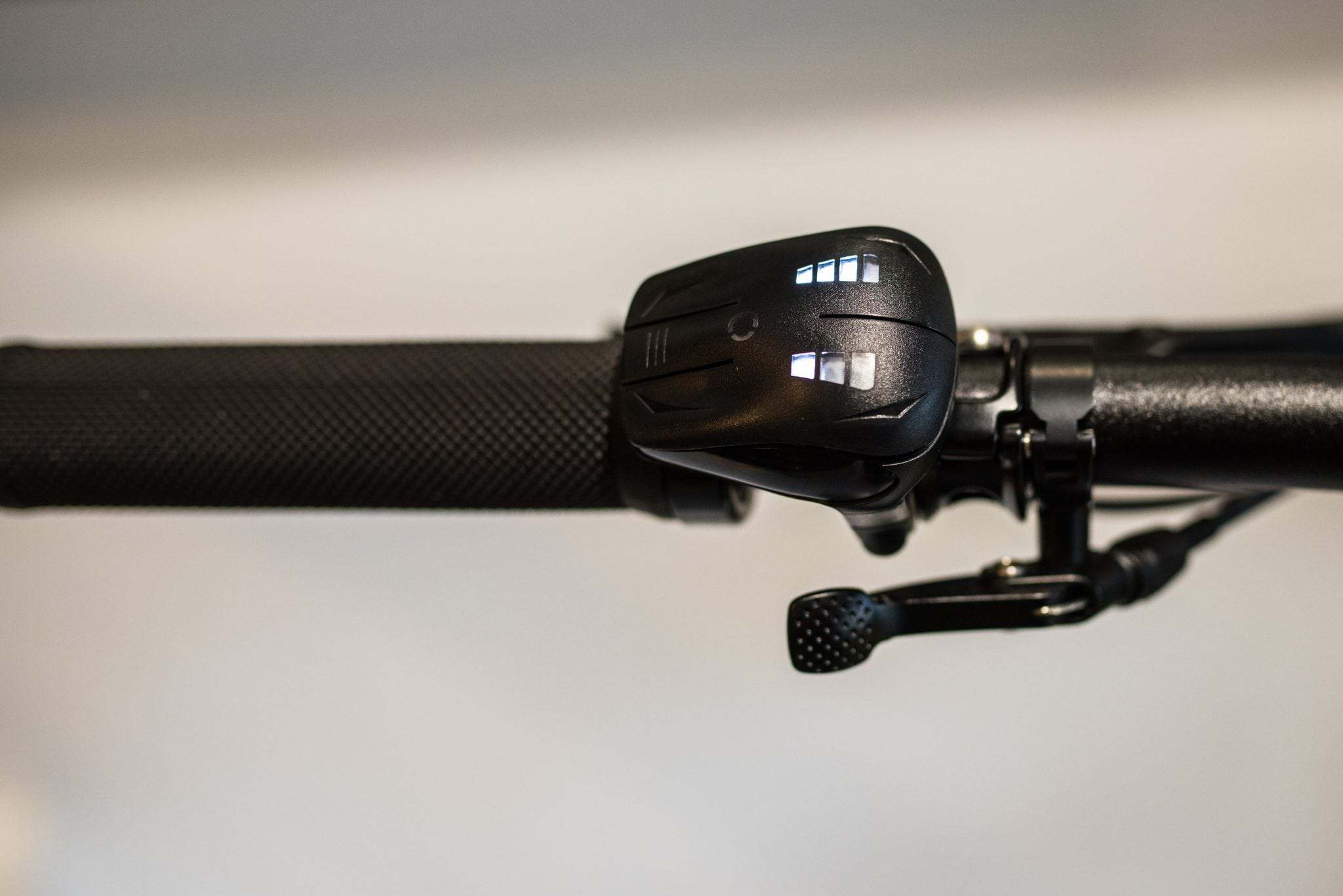
Power Control
E-Bikes give the rider ultimate control over their new ride. There’s handlebar-mounted control units, phone apps, and even Garmin data screens to give you all the data you need.
Each maker has a different approach to showing you data.
Specialized and Rocky Mountain have gone for a minimalist approach with discrete buttons system that adjusts the motor output from your handlebar. They’ve both developed phone apps instead where you can make adjustments, change settings, and monitor your E-Bike’s vital signs. Specialized even developed the Turbo Levo Data Field can be added to your Garmin so you’ve still got all the data you need and a very clean handlebar layout.
At the other end of the spectrum are the brands who use data display units on the handlebars, as well as their own phone apps. Bosch and Giant (using a modified Yamaha setup) have data dashboards to please the biggest data geeks. The other brands; Shimano, Yamaha, and Brose land roughly in the middle with the control buttons separated from a data screens.
Bosch even has a head unit options with navigation and GPS functions. So the bike will help you pedal and find your way around.
There’s systems for those who love data, those who want the most minimal handlebar setup possible, and everyone in between. You’re spoiled for choice!
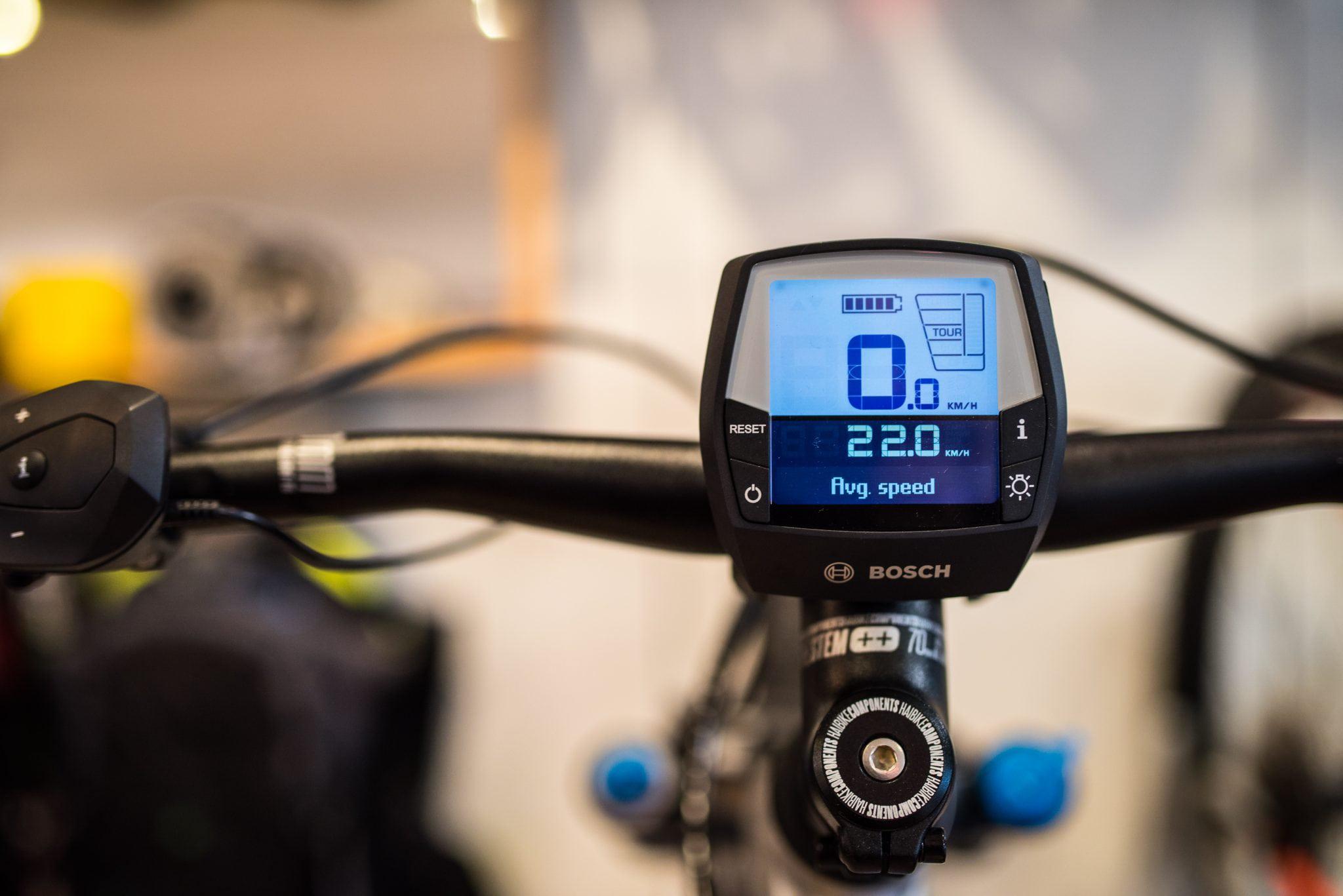
Resistance-free
E-Bike motors will behave differently when you stop pedaling depending on how they’re programmed to disengage. Some motors will de-couple completely when you reach the 25 km/h maximum speed for the pedal assist, while others will stay engaged and cause a small amount of resistance.
The Brose, Rocky Mountain, and Specialized systems are the de-coupling systems that will not give any resistance when pedalling. The rest will give a small amount of resistance.
We’re barely aware of any resistance from the systems that don’t de-couple. Most of the hard pedalling work is done getting to 25 km/h when the motor cuts out. After that, it’s quite difficult to detect resistance applied by the inactive motor. We know some customers will really want a completely resistance-free experience so we’re more than happy to guide you through that decision!
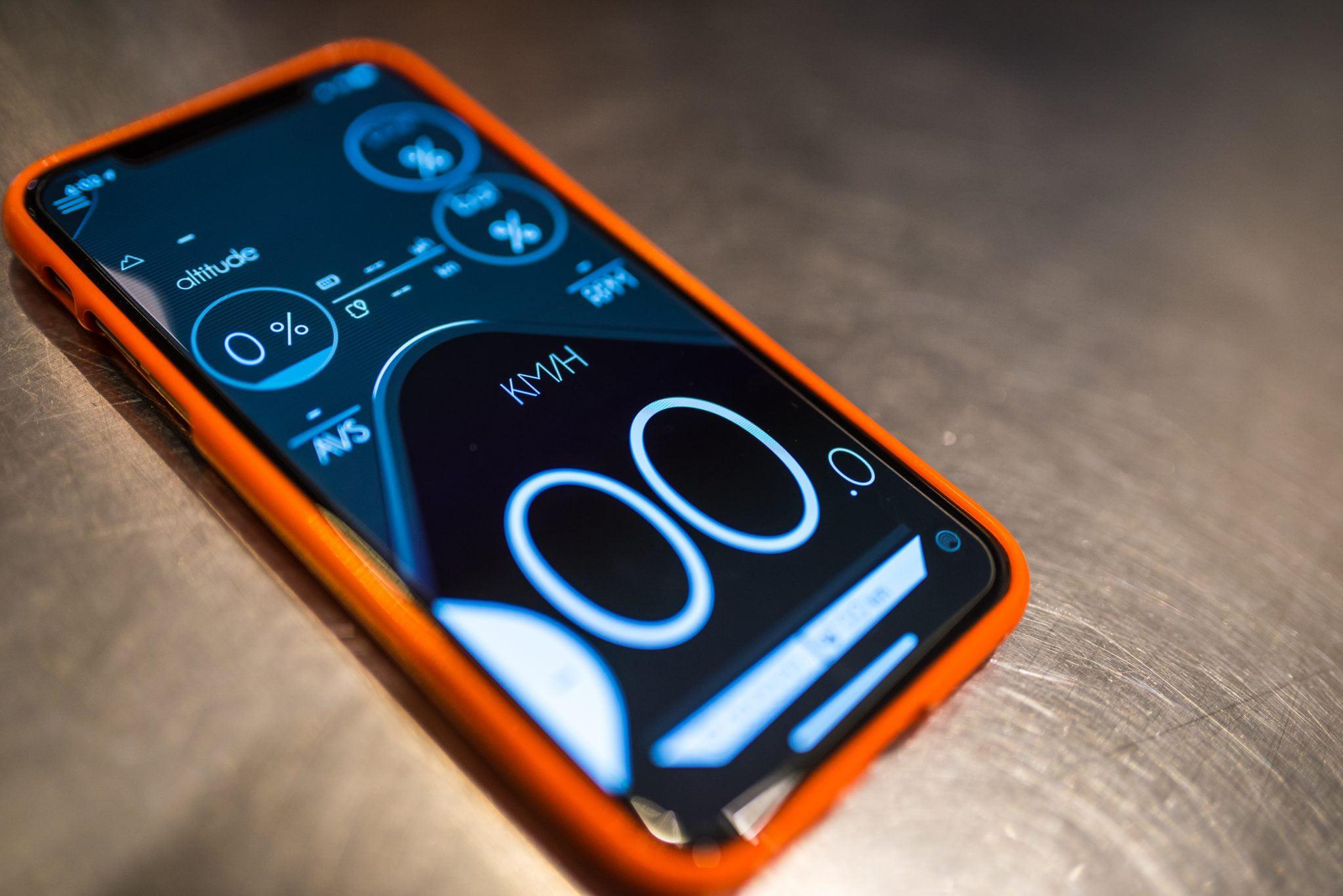
Phone Apps
Tech tinkerers will love what can be done with the phone apps from some E-Bike motor manufacturers. There’s all kinds of diagnostics, servicing information, and motor output adjustments that can be made. You can dial your bike according to how you ride it.
Shimano’s E-TUBE, and Specialized’s Mission Control are great ways to adjust your E-Bike’s settings, update firmware, and get diagnostics. Mission Control is particularly impressive because you can full adjust motor current for each mode. Bosch’s eBike Connect app lets you control bundles of settings, tracks your activity history, and send navigation info to compatible dashboards. Giant (who use Yamaha motors) have their Ride Control app to tune your motor, set some navigation, or set fitness goals.
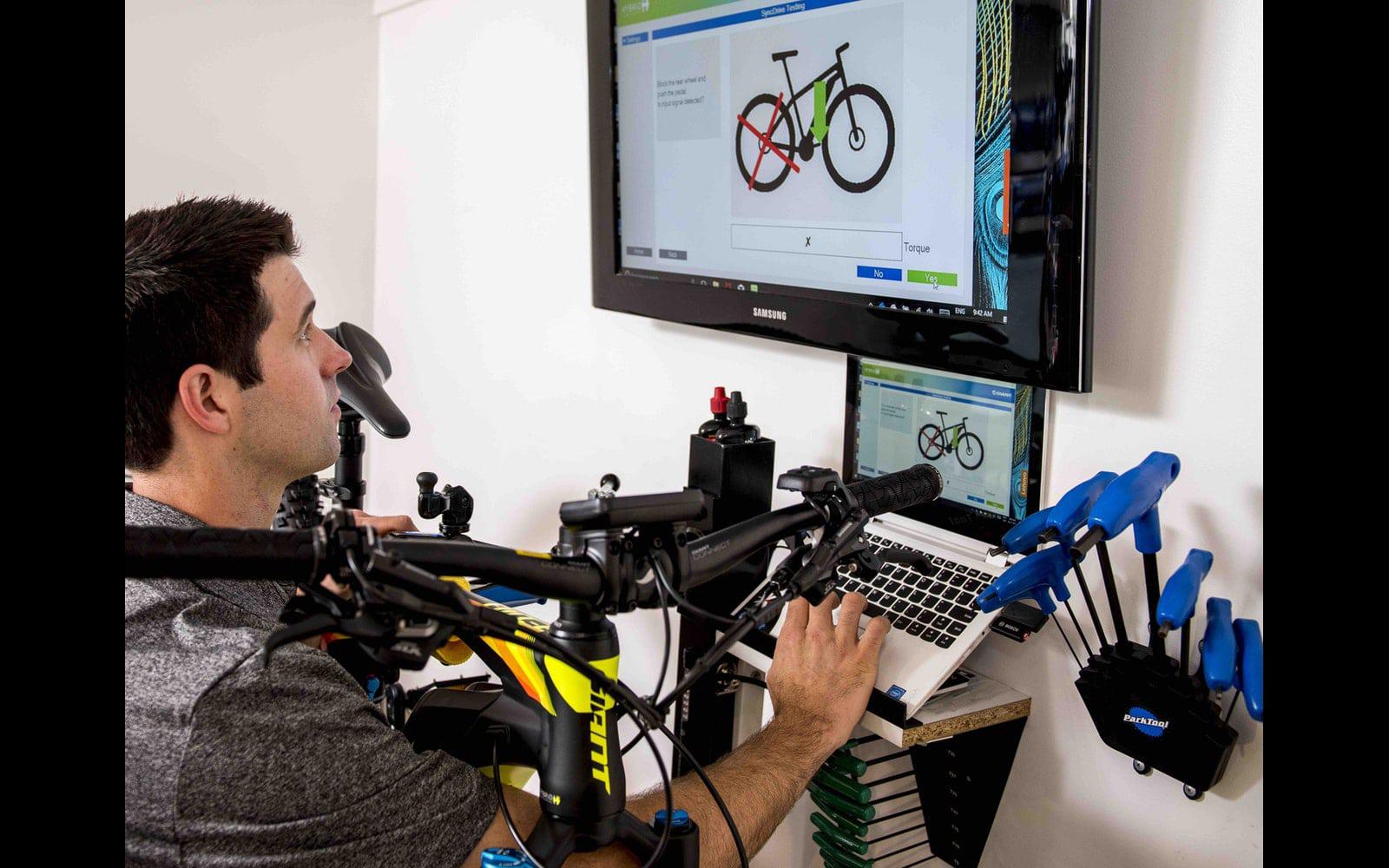
Maintenance
E-Bike motors are very reliable and we don’t see a lot of problems with them. Take care of it, and it will take care of you.
We are fully decked out to do all your E-Bike motor servicing. That said here’s a few things to keep in mind when you’re taking care of your E-Bike at home:
- Don’t blast it with a pressure washer. It’s not worth risking water penetrating the sealing on the motor to save some cleaning time. A light hosing, or bucket and sponge is the ideal.
- Track pumps are great for blasting out dirt and water. Air is the perfect cleaning weapon for all the nooks and crannies around your E-Bike motor. A few blasts with your floor pump, or a burst from an air compressor can get everything clean and dry in no time.
- Resist the urge to open it up and dig around. Tinkering with mechanical things can be fun, but E-Bike motors are made to be sealed up and left to run.
- Check your roof rack weight limits. This isn’t so much motor-specific advice, as E-Bikes generally. Many E-Bikes exceed the maximum weight limit of roof racks and some other carn carrying systems. Flying off the roof of your car is bad for all of your E-Bike, including the motor!
Archive
2021
- How to : Master tricky uphill corners
- Are you that guy?
- I think I may have cracked the code!
- Trail bike vs E-Bike : The Test!
February
January
2020
- How to : Tackle tech uphill's on your E-Bike
- How to: Master Wheelies
- The art of hitting uphill flat out
- E-Bike Racing
- The art of hitting uphill sections flat out
- Adelaide's best tracks and trails for E-Bikes